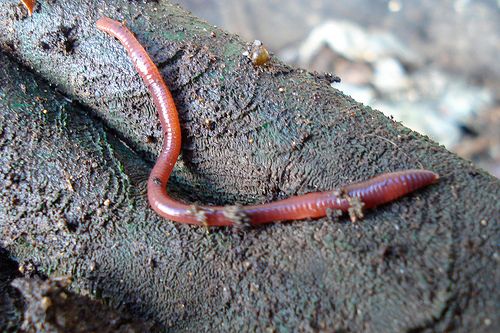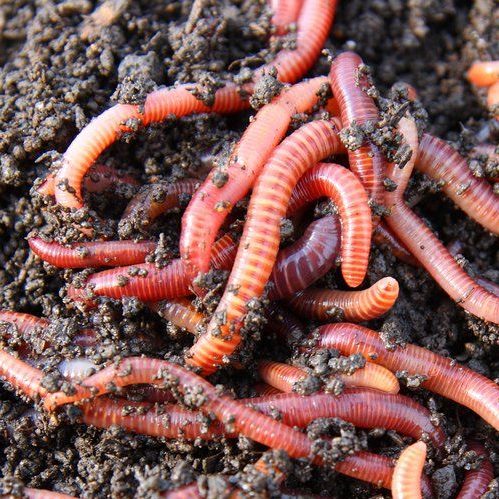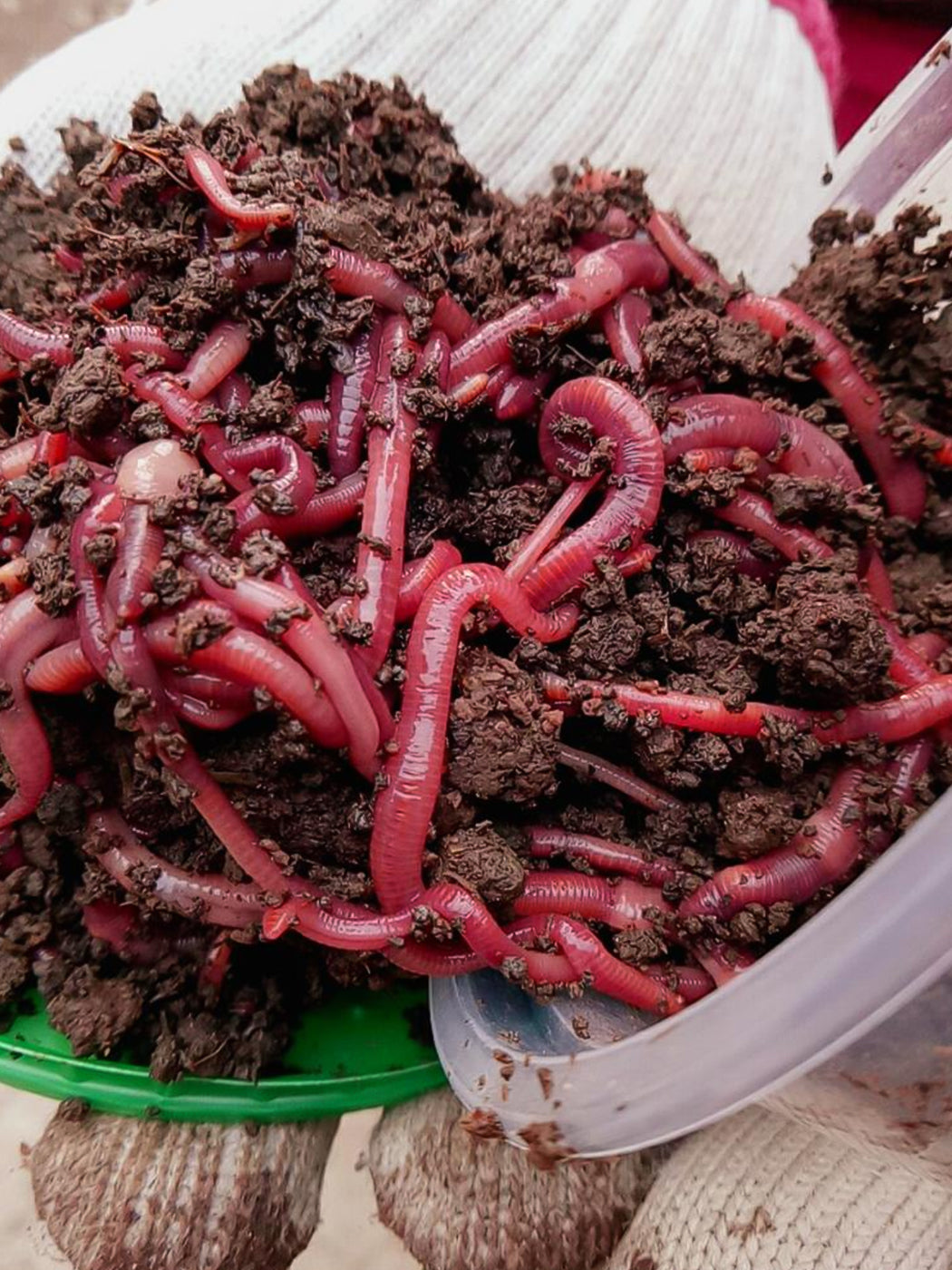Take Care of Your Lawn with the Best Products from Lake Hickory Bait
Take Care of Your Lawn with the Best Products from Lake Hickory Bait
Blog Article
Red Wigglers: The Unsung Heroes of Organic Waste Recycling
Red wigglers, or Eisenia fetida, serve as essential representatives in the natural waste recycling process, transforming disposed of products into valuable vermicompost. As the world progressively looks for solutions to battle waste buildup and enhance agricultural efficiency, recognizing the function of these worms ends up being important.
What Are Red Wigglers?
The amazing resilience of red wigglers, clinically called Eisenia fetida, underscores their important function in organic waste recycling. These little, reddish-brown earthworms are normally located in disintegrating organic matter, such as compost heap and manure lots. Lake Hickory Bait. Unlike various other earthworm species, red wigglers flourish in nutrient-rich environments and are very effective at damaging down natural products, making them important for vermicomposting

(Lake Rhodhiss Bait)Along with their duty in waste reduction, red wigglers add to dirt wellness by improving soil framework and oygenation through their burrowing activities (Lake Hickory Bait). Their visibility in composting systems not only boosts disintegration prices but also advertises a sustainable technique to waste administration, showing their importance in ecological conservation initiatives
Advantages of Composting With Worms
Composting with worms, especially red wigglers, uses countless advantages that improve both waste monitoring and soil health and wellness. These worms efficiently damage down natural waste, converting it into nutrient-rich vermicompost that enriches soil. This procedure speeds up disintegration, allowing for a much faster recycling of cooking area scraps and other organic products compared to typical composting techniques.
In addition, the vermicompost produced by red wigglers is including valuable bacteria, which aid enhance soil structure, oygenation, and moisture retention. This boosts the total health and wellness of plants, advertising strenuous growth and enhanced returns in yards and agricultural settings. Furthermore, making use of worms in composting minimizes the manufacturing of greenhouse gases, such as methane, adding to an extra sustainable waste monitoring system.

Exactly How to Start Vermicomposting
Establishing a vermicomposting system is a simple procedure that can generate considerable advantages for both waste monitoring and soil enrichment. To her comment is here begin, pick an appropriate container, such as a plastic container or wooden box, with ample air flow openings to make certain correct airflow. The dimensions need to preferably be around 2 feet by 3 feet, enabling adequate space for the worms to flourish.
Following, prepare bed linen material, which can contain shredded newspaper, cardboard, or coconut coir. This bed linen ought to be dampened to produce an appropriate environment for the worms. Once the bedding remains in area, introduce red wigglers (Eisenia fetida) into the bin, generally around one extra pound of worms for every single square foot of surface.
Complying with the positioning of worms, add organic waste, such as fruit and vegetable scraps, coffee grounds, and crushed eggshells. Prevent including milk, meat, or oils, as these can create smells and draw in parasites. Finally, place the bin in a shaded, temperature-controlled area to maintain optimal conditions for worm task. With these steps, you will successfully start a vermicomposting system that contributes to sustainable waste management and improves your dirt.
Maintaining a Healthy Worm Bin
(Red Wiggler Express)Keeping a worm container thriving needs routine focus and like ensure the wellness of the red wigglers and the efficiency of the composting process. Proper maintenance starts with keeping an eye on the dampness degrees; the container ought to perspire however not saturated. A good guideline is to preserve a consistency comparable to a wrung-out sponge.
Carefully mixing the bed linens and food scraps every few weeks stops compaction and guarantees that all worms have access to oxygen. Furthermore, it is vital to feed the worms appropriately.
If the container comes to be too hot or cool, the worms might end up being worried. By carefully handling these factors, one can preserve a robust and efficient worm container.
Influence On Sustainable Living
The successful upkeep of a worm container not only profits the health and wellness of red wigglers yet also adds significantly to sustainable living practices. By reusing organic waste, such as kitchen scraps and lawn particles, red wigglers aid draw away significant amounts of material from garbage dumps. This reduction in waste not only decreases greenhouse gas exhausts however also decreases the ecological worry connected with waste administration.
Furthermore, the spreadings created by red wigglers act as a nutrient-rich organic plant food, improving dirt wellness and advertising plant development. This all-natural alternative to chemical fertilizers supports sustainable farming and horticulture practices, minimizing dependence on artificial inputs that can hurt ecosystems. Additionally, worm composting promotes understanding of waste administration, encouraging people and neighborhoods to adopt more sustainable habits.

Final Thought
In summary, red wigglers serve as vital contributors to natural waste recycling with their effective disintegration of organic materials. By incorporating vermicomposting into waste management approaches, individuals and areas can substantially reduce waste while advertising environmental sustainability.
Report this page